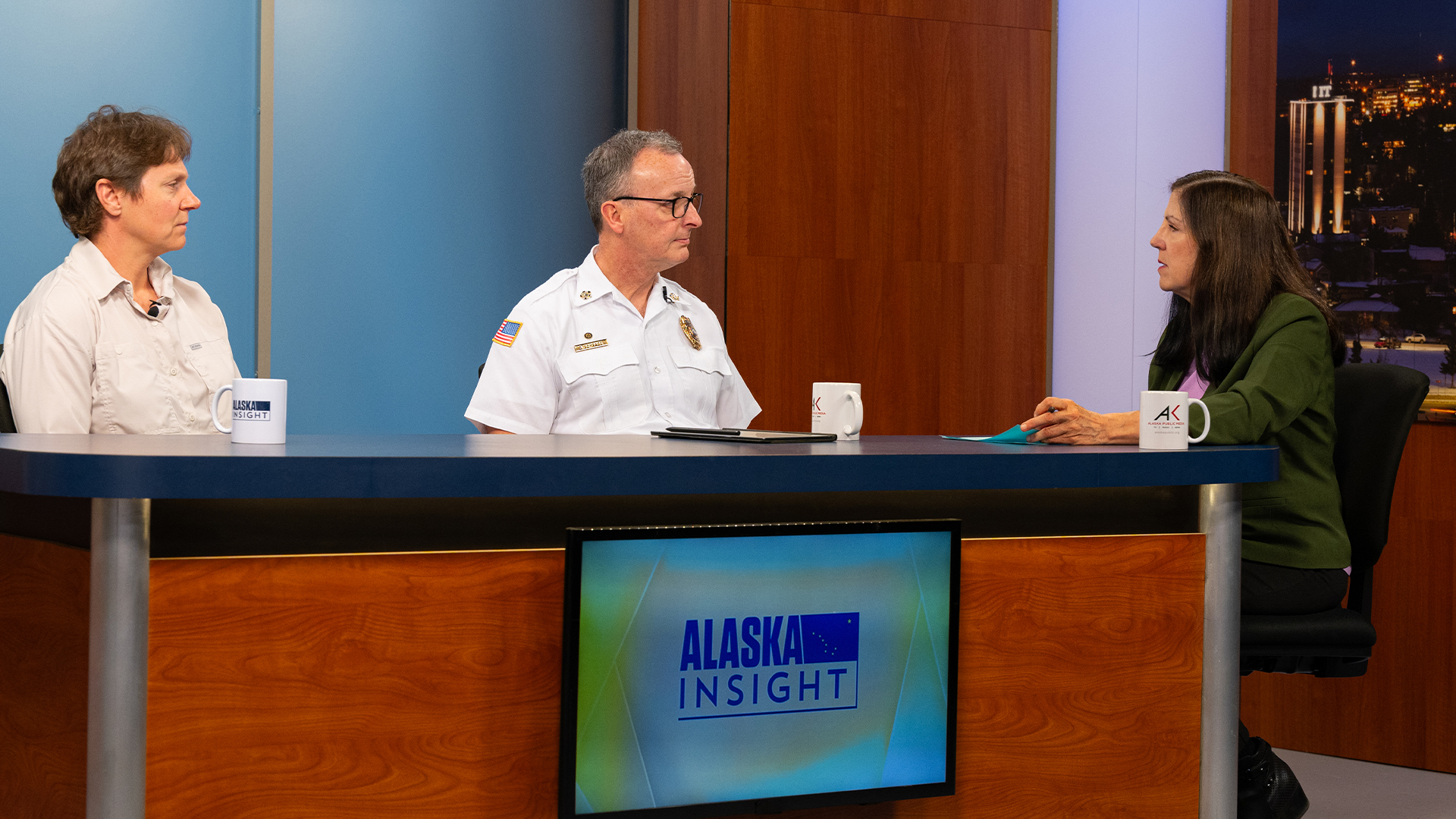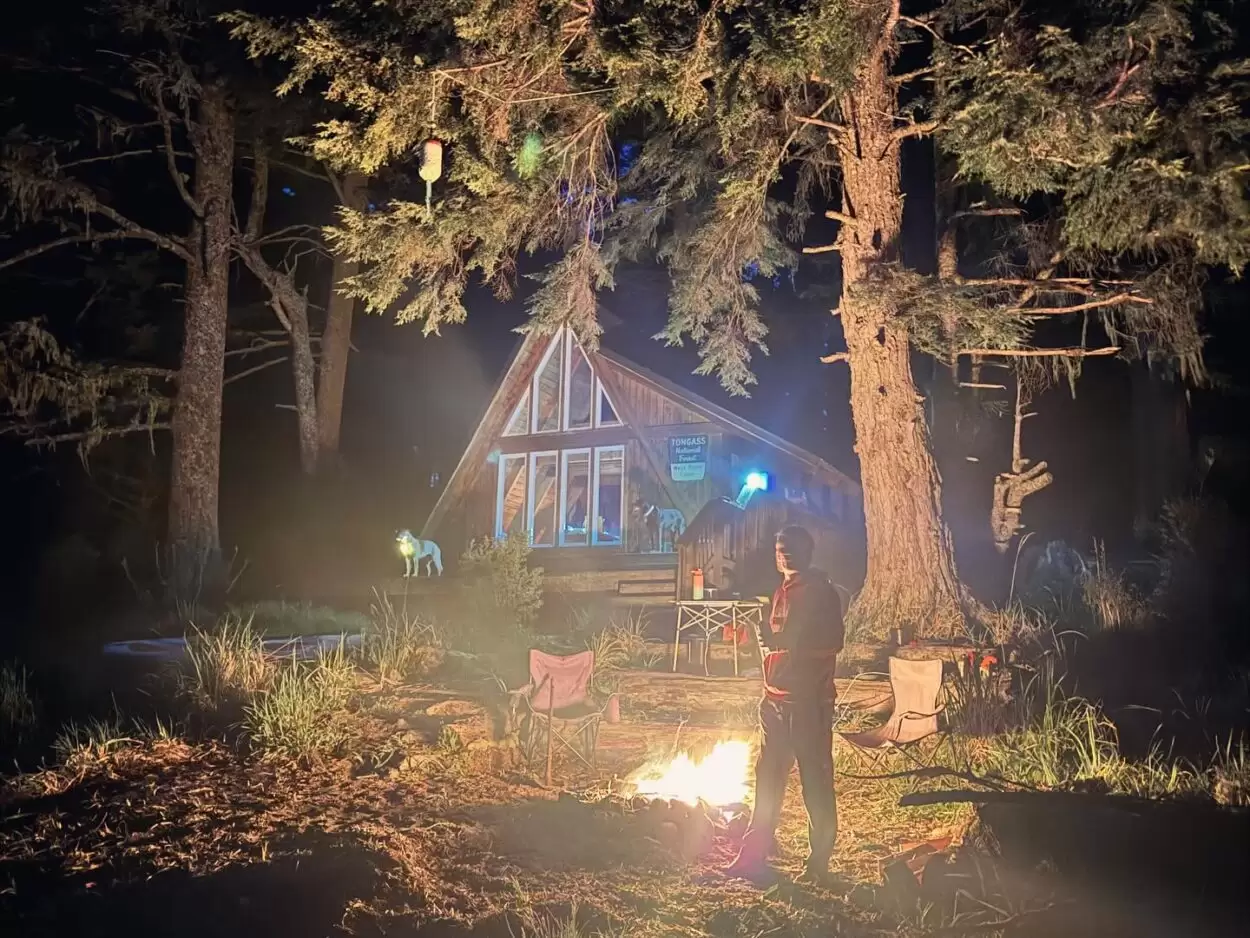After being flooded with letters, emails and public testimony urging them to defend and protect what many see as a key component to make homeschooling a viable option for thousands of Alaskan families, state lawmakers in the House Education Committee advanced a substitute bill on May 3, which would allow Alaska to continue reimbursing homeschool families for educational expenses incurred from tutors, classes, courses and workshops from various private vendors.
Those allotments are currently prohibited thanks to a sweeping opinion by Anchorage Superior Court Judge Adolf Zeman who ruled last month that the allotment program was unlawful because it allowed parents to use funds to help pay for instructional offerings at private and religious organizations and institutions. Zeman believes this violates the Alaska Constitution, which forbids the expenditure of public funds to “directly benefit” private or religious institutions.
While Zeman has issued a temporary stay on his ruling to let the Alaska Supreme Court weigh in, it has cast a dark shadow over the state’s rapidly growing publicly-funded homeschool community, which now stands at roughly 23,000 children, or roughly 18% of Alaska’s public-school enrollment.
In attempting to remedy the problem, and create an allotment program that doesn’t run afoul of Judge Zeman’s interpretation of the state constitution, Alaska lawmakers initially introduced House Bill 400.
This legislation proved highly controversial, however, and was ultimately rejected by the House Education Committee, because it would have vastly restricted how allotment funds are used by specifically limiting expenditures to tutoring that is not provided by a “private or religious educational institution,” and textbooks and curriculum that are not deemed to be “religious, partisan, sectarian, or denominational.”
The most current homeschool allotment bill is worded in such a way that it will allow the State of Alaska to appeal Judge Zeman’s decision to the Alaska Supreme Court without preemptively codifying new restrictions.
Additionally, the original HB 400 would have barred parents from spending allotments on any services or materials provided by a private or religious educational institution, even if it were to study subjects like math, foreign languages, vocational skills, and various other academic disciplines. Likewise, families would not have been able to pay for passes or family memberships to sports or recreation facilities for physical education or training. Nor could they have bought equipment such as basketballs, jump ropes or dumbbells. It would have also banned the purchase of animals, desks, chairs, parking fees or anything deemed “entertainment,” and prohibited payment for testing, other than assessments required by the school district. That might include any number of tests to show aptitude in various subjects.
Finally, the original bill would have prohibited expenditures on taxes on any otherwise approved item, while blocking the ability to buy “permanent items that adhere to or enhance the value of a non-school facility,” which could include chalkboards, bookshelves, greenhouses and any number of items that standard public-school students have access to at brick-and-mortar schools.
In rejecting this version of the bill, the House Education Committee advanced a much shorter and streamlined substitute bill that simply preserves the homeschool allotment program while granting the State Board of Education authority to iron out the details of how those funds can be used.
Moments before the committee voted to advance the bill, Alaska Education Commissioner Deena Bishop briefed committee members about what would happen if the new substitute bill passed out of the Legislature and was signed by the governor.
ALASKA WATCHMAN DIRECT TO YOUR INBOX
She said the Department of Education would issue emergency regulations this summer, which would then go to the Department of Law for review. The proposed regulations would then go before the State Board of Education and then out for public comment. After a final review by the Department of Law, the regulations would undergo another vote by the Board of Education before being implemented for the coming school year. Bishop said the process would likely be finish by August or September.
When asked by Juneau Rep. Andi Story whether any new regulations would specifically prohibit homeschool families from using allotment funds for services provided by religious or private educational institutions, Bishop said the state needed to sort out the difference between an “educational institution” and a “private organization.” She indicated that services and materials would likely be allowable if they came from “private organizations.” It is unclear whether that would allow families to pay for non-religious courses and materials from private “organizations” such as BYU or other entities that may have a religious underpinning.
Bishop added that the most current homeschool allotment bill is worded in such a way that it will allow the State of Alaska to appeal Judge Zeman’s decision to the Alaska Supreme Court without preemptively codifying new restrictions on allotment expenditures before the appeals process has gone through all its steps.
If the State Supreme Court were to uphold Zeman’s decision, Gov. Dunleavy has indicated that his administration is prepared to appeal to the U.S. Supreme Court, if necessary.
The bill advanced without objection and is now headed to the House Finance Committee. If it passes the House, it will then head to the Senate before going to the governor.
TAKING ACTION
— Click here to read the new substitute homeschool allotment bill.
— Click here to contact members of the House Finance Committee, where the bill is currently set for consideration. To email all members at once, use this address: House.Finance@akleg.gov.
Click here to support Alaska Watchman reporting.




























